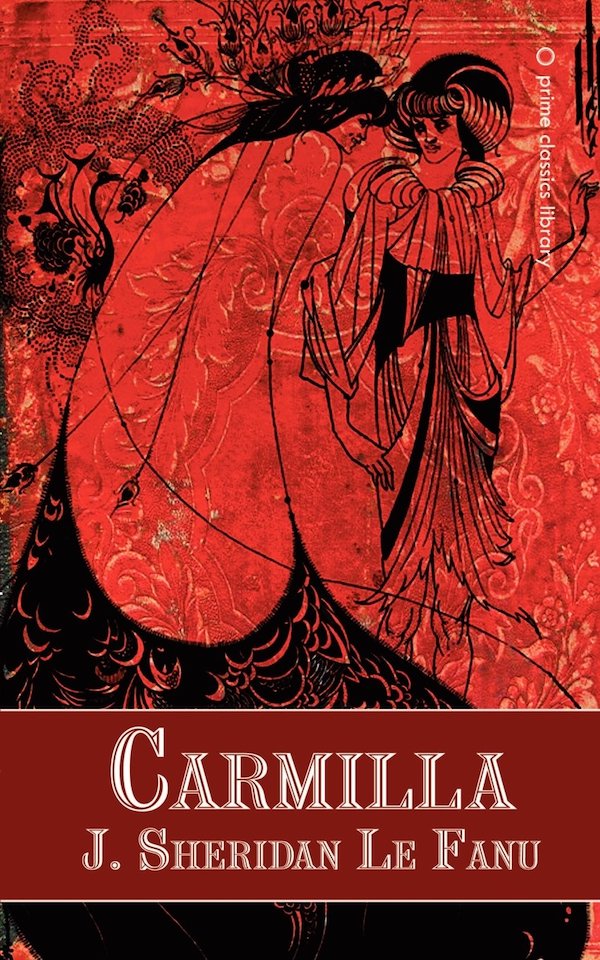TL;DR
Carmilla, a gothic novella by J. Sheridan Le Fanu, tells the story of Laura, a young woman whose life changes dramatically when she befriends the enigmatic vampire Carmilla, leading to a dangerous and passionate entanglement.

Get full Book
What is Carmilla about
Set in 19th Century Styria, "Carmilla" explores themes of desire, isolation, and the supernatural. The novella follows Laura, a lonely girl living with her sick father, whose life takes a dark turn when the mysterious Carmilla arrives after a carriage accident. Their relationship is charged with intense emotional and sexual undertones, as Laura becomes increasingly captivated by Carmilla. As the story unfolds, Laura's health declines and she experiences disturbing dreams, hinting at Carmilla's true nature as a vampire. This early work of horror fiction not only predates Bram Stoker's "Dracula" but also delves into the complexities of female identity and desire, highlighting the gothic tradition in literature.
Carmilla 5 Key Takeaways
Gothic Elements
"Carmilla" is rich in gothic elements such as isolation, mysterious settings, and supernatural occurrences, contributing to a haunting atmosphere that captivates the reader.
Themes of Desire
The novella explores the themes of longing and desire through the intense relationship between Laura and Carmilla, reflecting the complexities of love and obsession.
Female Friendship and Identity
Carmilla portrays the complexities of female relationships, challenging traditional gender roles and emphasizing the emotional depth of female connections.
Duality of Nature
The character of Carmilla embodies a duality, representing both the allure and danger of seduction, ultimately revealing the destructive potential of forbidden love.
Historical Context
Published in 1872, "Carmilla" reflects the Victorian anxieties surrounding sexuality and femininity, making it a pioneering work in the lesbian vampire genre.
Top Carmilla Quotes
- "I am a creature of the night, and the night is my domain."
- "It was as if she had become a part of my very being, drawing me into a world I had never known."
Who should read Carmilla?
This novella is ideal for readers who appreciate gothic literature, vampire fiction, and explorations of complex female relationships. Fans of dark romance and psychological thrillers will find Carmilla's rich narrative and themes of desire both captivating and thought-provoking.
Carmilla Best Reviews
- "An essential work in the gothic genre that explores the darker aspects of desire and identity." – The Guardian
- "Carmilla is a mesmerizing tale that set the foundation for modern vampire literature, rich in atmosphere and emotional depth." – Publisher's Weekly
People also liked these summaries
Carmilla FAQs
What is the significance of Carmilla in vampire literature?
Carmilla is significant as one of the earliest vampire stories, predating Dracula by over two decades and introducing themes of female sexuality and attraction that influenced later works in the genre.
How does Laura's relationship with Carmilla develop throughout the story?
Laura's relationship with Carmilla evolves from fascination to obsession, revealing deep emotional and psychological conflicts. This progression highlights themes of love, desire, and the dangers of seduction.
What happens to Carmilla at the end of the novella?
At the conclusion, Carmilla is destroyed by Baron Vordenburg, who unearths her tomb and ensures her permanent demise through beheading and the driving of a stake through her heart.